Existing User Log In
New User Registration
Register for a free account to gain full access to the VGChartz Network and join our thriving community.



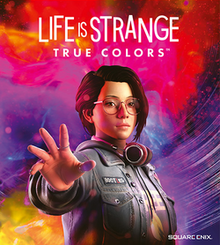

America - Front
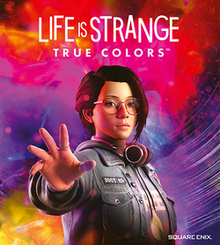

America - Back

Deck Nine Games
Adventure
 (Add Date)
(Add Date) (Add Date)
(Add Date) (Add Date)
(Add Date)
| Owners: | 0 |
| Favorite: | 0 |
| Tracked: | 0 |
| Wishlist: | 0 |
| Now Playing: | 0 |
Reviewer's Note: Due to how important some story details are, there are SPOILERS ahead, especially for the first episode. I personally liked going in totally ignorant of all major plot points, so feel free to take heed of my warning. On with the review!
Despite ditching the number, the latest Life is Strange (LiS) is the first mainline entry not handled by Dontnod Entertainment; instead, Deck Nine Games advances from more modest upbringings to new heights. The team's increased creative aspirations come melded with Square Enix's greater financial backing as well. Speaking as someone who really disliked the Before The Storm prequel, I thought this big-budget level of trust was misguided. But the increased stakes also made me wonder if adversity could show Deck Nine's True Colors. How does it pan out?
Alex Chen has spent the last eight years in the Helping Hands Group Home. Now, at age 21, she's left the foster care system and reunites with her brother, Gabe. This reunion brings her to Haven Springs, Colorado. Think a little slice of Portlandia set upon a mountainous Midwest. The quaint trip to this quaint town meets disaster once Gabe is killed in an accident. With her supernatural power of Empathy, Alex begins to dig into the suspicious circumstances surrounding this event.

If you read that last part, you're likely wondering what "Empathy," as a power, looks like in this universe. Hell, the facetious side of me pondered that before playing too: "so... being a typical person who intuits another's emotional state is a superpower now? After time manipulation and telekinesis, why is Deck Nine Games' imagination so constrained?" My snarky side subsided the more I saw it in action. She's less emotional translator and more walking reflection, if that makes sense. Empathy goes beyond seeing a colored outline of someone and gleaning their thoughts; Alex essentially gets infected by that intense emotional state as well. Theoretically, no one can dissemble their “true colors” from her.
This ability cuts both ways for me. If you've tried any of the previous titles, the gameplay remains mostly unchanged: walking around specific environs, navigating dialogue opportunities with NPCs, and a light smattering of puzzles. One thing that drives many games in the TellTale vein is trusting another character. Alex's Empathy cheat-codes past that to intimately knowing someone in detail; further, you'll grow more suspicious of the integral side characters who don’t trigger these powers as often. Sure, the original allowed you to rewind time and fix mistakes, but that still enabled you to explore Max's suspicions.
Beyond the cheapened gameplay functions, I'm also not comfortable with the potential implications for Alex's powers. To avoid spoiling (as much as I can), think of Alex's special ability extending to artificially “course-correcting” someone's attitude. Would you do that with such a power? The consequences of those choices are brought up towards the final act, of course. The problem is it's presented in both a good and bad light, depending on who was affected. So, the implicit lesson is… be prudent about the target you’re emotionally manipulating? That's kinda fucked up.
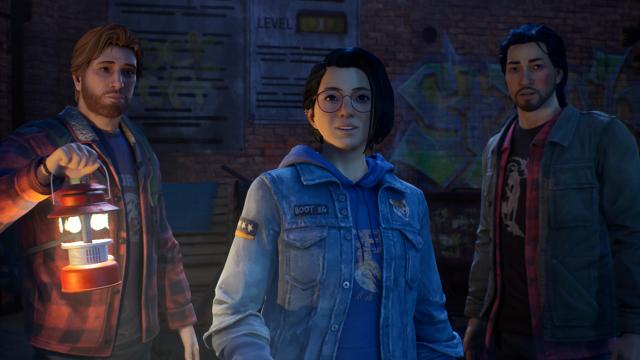
Conversely, some strong characters and scenarios elevate its potential too. By the end of episode one, I was already connecting with minor characters like the verbose Duckie and seeing the potential of the core trio: Alex, Ryan, & Steph. Even if both of Alex's teammates check off a list of tropes and some cringe-inducing lines, there's a genuine comradery between them. Similarly, Alex's blossoming friendship with one of Haven Springs' youngest members is thoroughly explored in my favorite level: the LARP. His disdain for people cossetting him after Gabe's death shifts to an engrossing distraction with a solid payoff. Considering how Deck Nine's previous writing rarely elevated above tawdry for me, I'm glad this clean slate shows some improvements in the team’s craft.
All this talk about its emotional core could suggest I'm disregarding the amateur investigations spearheaded by Alex. In my defense, so does the story. You can tacitly feel the writers prying ways for the trio to discover all of the guilty parties involved. The shadiness of the major corporate entity (Typhon Mining) involved in the accident is an obvious suspicion; and yet, it's odd how little I thought about it. There's potential evidence to be handed to authorities, but don't do that before the town's roisterous party! The classic "show, don't tell" rule encapsulates why this... regnant corporate power, whose tendrils supposedly course through the whole town, has no real bite.
Even when the writing falters, the presentation is typically on point. The list of voice actors may not have the relative star power of other entries, but it's still a respectable one nonetheless. Erica Mori's mellifluous voice for Alex puts her in the running as one of my favorite lead performances this year, and Jim Hunt perfectly fits the oddball personality of "Duckie". These prominent examples in mind, I did tend to notice that the further away from Alex's hemisphere one got the shakier the acting quality became. Some background extras and minor side characters occasionally tumble into stale line-reading. This doesn't cancel out the positives, but it slightly dampens my enthusiasm.
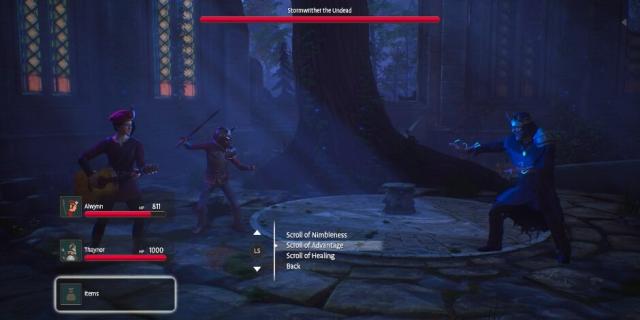
In keeping with the series overall, True Colors' disparate storytelling results frustrate me no end. I'm managing two conflicting attitudes across both cerebral hemispheres: the technical/logical annoyances versus the sporadic emotional highs that stick with me. The uneven, back-loaded pacing relies on a finale's over-exposition because of how much fluff is sandwiched into the beginning and middle; and yet, this series has often reveled in said fluff to capture some emotionally earnest moments. And I get how that can work for specific fans, but a proper sort of "story architecture" is missing. It's like building up a lavish house but never pouring a good foundation.
With respect to gameplay, some credit is due for expanding player options in a relatively restricted town. Considering their constrained budgets, most LiS locales were linear with a smattering of collectibles. That's still – mostly – maintained here, but several pleasant side-stories demand you investigate all the square footage you're given. It's one thing to miss discreet collectibles with dialogue snippets, it's another when those post-episode flow charts reveal a potentially missed conversation with a good character. Tie this in with the LARP's rudimentary turn-based RPG mechanics, some knockoff arcade games (like Arkanoid), and several basic puzzles, you get the majority of its adventure mechanics. Not vastly expanded, but improved nonetheless.
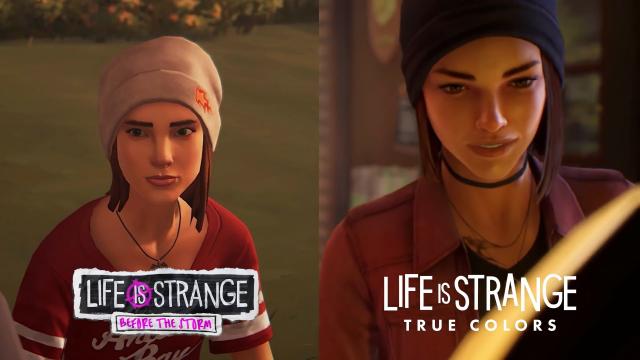
The increased budget & price point is most prominently signaled in True Colors' production values over its mechanics. Any long-time fan can instantly spot the improvements. Refracted light filtered through Alex's bifocals, the naturalistic ways her eyes dart around, improved lip syncing in dialogue segments, subtle details across every location, and more take the series to the next stage. The sound design and healthy amount of licensed songs have been a locked-in positive since the beginning, so the main note here is the impressive quantity of the latter. Hell, Angus & Julia Stone basically made a new EP specifically for this game.
These upgrades are nice, but is it "AAA-level" nice? As notable as the improvements are, does newer tech alone justify a bumped $60 price point (retail), or should Square Enix receive more scrutiny for testing players' patience? This series has always emphasized art design over raw tech, but it's tough to wholly disregard any suspicious tactics here. I'm less divided when considering the value from time spent, however. When considering my collectible-gathering, I'd ballpark the campaign's length at 9-10 hours.
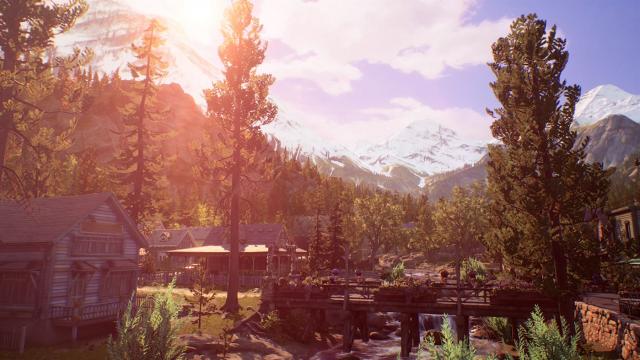
Life is Strange has a knack for constructing emotionally earnest moments by any means necessary. Considering how Deck Nine's previous work hardly hit even that expectation, True Colors represents noteworthy improvement by comparison. But as True Colors trundles towards its finale, changing from a mechanically-light adventure game to a confined interactive movie, the 'means' of reaching here come with numerous sacrifices: poor pacing, mismanaged stakes, annoying narrative conveniences, and so on. It's a game that elicits a plethora of vivid emotions, both good & bad, but my overriding true color by the end was beige.
Despite being one of newest writers on VGChartz, Lee has been a part of the community for over a decade. His gaming history spans several console generations: N64 & NES at home while enjoying some Playstation, SEGA, and PC titles elsewhere. Being an Independent Contractor by trade (electric, plumbing, etc.) affords him more gaming luxuries today though. Reader warning: each click given to his articles only helps to inflate his Texas-sized ego. Proceed with caution.









